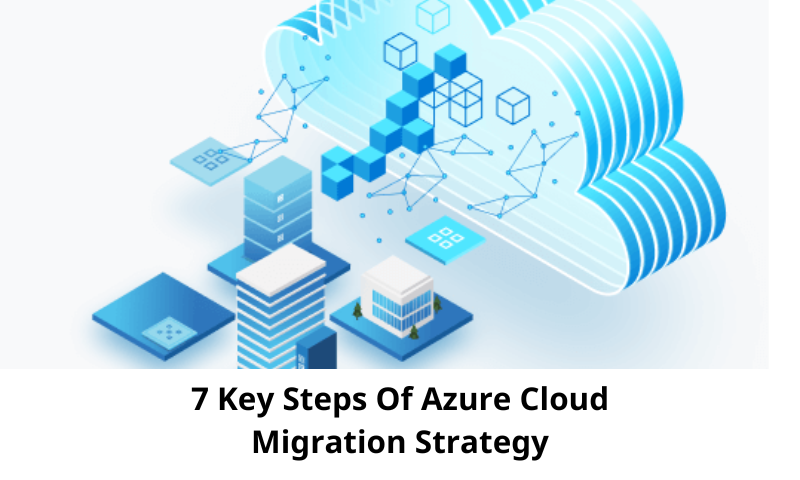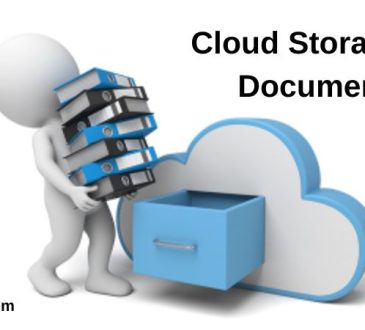
How to work with Azure Cloud Migration effectively? The number of businesses using Microsoft Azure is rapidly increasing – Microsoft’s revenue from the platform increased by around 50 percent per quarter this year. If your company is considering migrating its apps, users, as well as workloads to the cloud, the next stage involves developing a migration strategy.
If you have only ever migrated between on-premises systems, moving to the cloud will be an entirely new experience. The good news is that, with a little planning, able to migrate to Azure is not too difficult.
Aods.info has assisted many businesses in migrating from on-premises systems to Azure. While every company is different, there are some general principles you can obey to create a successful Azure Cloud Data Migration strategy. Let’s discover all about the Azure Cloud Migration strategy below.
Azure Cloud Migration strategy in seven steps

If you intend to migrate to Azure, the seven steps outlined below will assist you in developing a migration strategy that is appropriate for your company:
Examine your current situation
The first step in migrating to the cloud is to evaluate your organization’s current digital footprint. Take the time to examine which apps you use, where data is kept, your existing security posture, user groups as well as identities, and then create a comprehensive picture of how you use digital technology.
Recognizing your current digital footprint allows you to determine which technologies can be migrated immediately to the cloud, which must be modified, and which must be replaced.
Choose the kind of migration you want to undertake
There is no one way to ‘do’ an Azure migration; the approach you take will be determined by your cloud ambitions, technical expertise, and the complexity of your organization. In general, there are 4 types of Azure Cloud Migration:
- Lift and shift: In this strategy, all of your data and applications are simply moved from the on-premises web server to the cloud.
Re-packaging: You may want to modify the fundamental code in certain applications to make them cloud-ready without making significant architectural changes.
Rearchitect: In this method, you markedly revamp your underpinning codebase and also your information architecture to make it more suitable for cloud computing. - Rebuild: In this approach, you completely remove many of your old apps and replace them with brand-new tools but also architecture in Azure.
- Apps and workloads should be prioritized. Whatever migration strategy you make choices, you should prioritize workloads as well as data so that you start by migrating specific kinds of material based on your needs. Most businesses prioritize the migration of low-value data to the cloud. If there are any problems, they are unlikely to cause significant disruption. At the same time, it lets you acquire experience with Azure migration. Following that, you may prioritize specific out-of-the-box applications, user groups, and eventually your most business-critical apps but also tools.
Begin small and work your way up
Once migrating to the cloud, it is typically recommended to begin small rather than attempting to complete the entire migration in one weekend. Start by migrating a small number of files as well as applications to ensure you have the necessary bandwidth and capacity. Then, as you gain experience, you can steadily increase the number of tools, apps, users, and databases you migrate to the cloud.
People must be trained and change management must be implemented

Any suitable cloud migration strategy is based on employee training and assistance in adapting to changes in their working environment. This must be considered from the start of any migration, and it is critical to get individuals on board and assist them in making full utilization of the cloud.
Think about security and compliance
It is critical to consider security and compliance issues when developing your Azure migration strategy. In general, Azure provides high-quality data security and protection, but you must still consider factors including cloud data backup, data loss prevention, geography (particularly if you process European citizens’ data), and permissions to make sure that pre-existing safety and legal measures are reproduced in the cloud.
After-migration surveillance
The final stage of any successful Azure migration is to monitor your new environment, identify any issues, and ensure that end users are adopting it.
Conclusion
Cloud migration has several advantages for your company and customers. It boosts your company’s performance, reduces security concerns, reduces costs, increases scalability, allows access to critical business functions, and much more. However, cloud migration will only provide you with the best results if your business as well as data are migrated efficiently.
In the utter lack of skilled resources and expertise, you confront cloud migration challenges. Because your existing teams may lack the necessary knowledge to migrate to the cloud, it’s always advisable to seek assistance from an Azure Cloud Migration service provider to ensure a successful migration.



